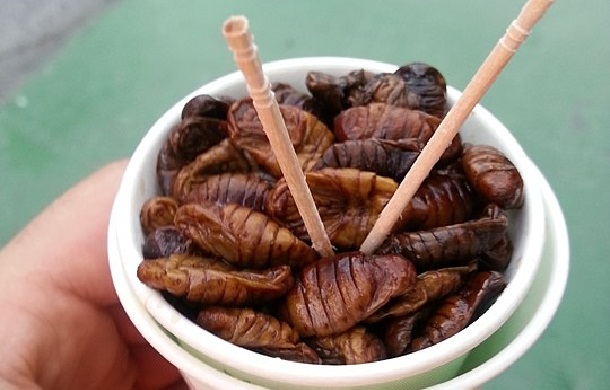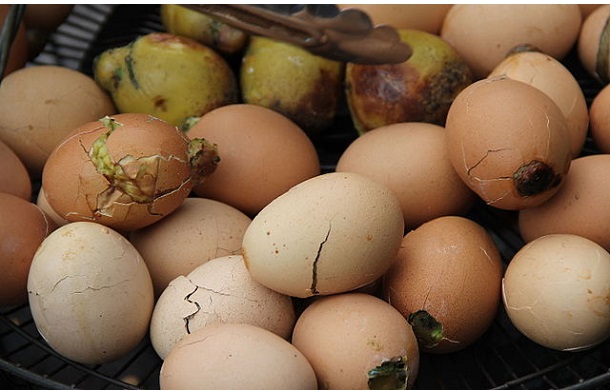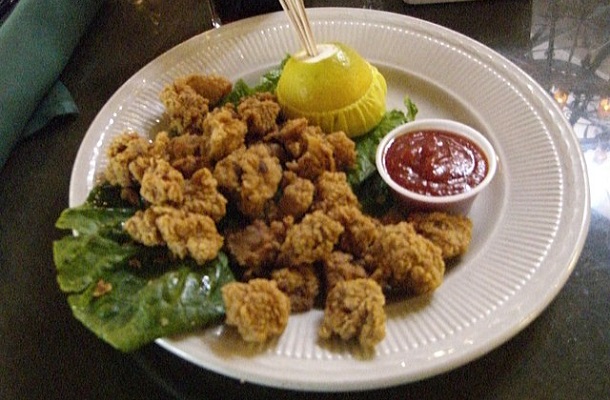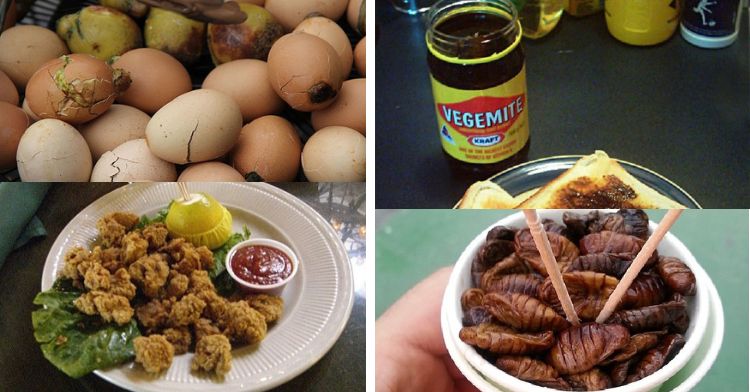Every living organism on planet Earth requires sustenance. If you were a Klingon, a dish named Gagh, a traditional dish comprised of live worms, might be your favorite. Klingon children eat it without complaint, but people from other cultures find it gross and disgusting. While Gagh is a fictional dish and part of the “Star Trek” universe, it serves as an introduction to our point. How do you know you don’t like foods if you have never tried them? There are many real-life dishes that people eat in certain cultures that have us scratching our heads and wondering, “How can you eat that?”
Videos by InspireMore
In the United States, we might be classified as food snobs with an extremely limited palate. Many of us are raised on chicken, pork, beef, potatoes, and common veggies like green beans and corn. My dad didn’t like cheese so I never tried pizza until I was in college (Gasp! I know, right?). Almost everything my dad made for us tasted like charcoal because he really wasn’t a very good cook. But we did have food on the table nightly.
In a restaurant with my mom while in my late 20s, I ordered broccoli. My mother exclaimed, “One of my children knows what broccoli is?” After joining the Navy and traveling, I found a great many foods that I had never heard of in the US. But it isn’t just in the US. Many regional areas around the world have limited or unusual diets comprised of foods that are “staples” within that culture. We found a few that you can add to your bucket list.
1. Beondegi Is A Snack Food In South Korea
Silkworm pupae can be steamed or boiled. Often available in markets as a “street food,” it is typically available in small paper cups with a toothpick (to skewer and pick up the pieces of food). The descriptions we were able to locate for this snack food include, “nutty, shrimp-like, and a bit like canned corn” for the aroma. When describing the canned version, they often say it is like “tire rubber” with a chewy, but firm texture. Makes my mouth water just thinking about it, but not in a good way.
Beondegi is also one of the ingredients in a soup base, beondegi-tang. This basic dish uses common seasonings such as chili, green onions, garlic, red pepper powder, and soy sauce. It is frequently an appetizer or “bar food,” much like the bowl of salty snacks we find in many American bars.

2. Understanding The Vegemite Craze In Australia
Vegemite is one of the most popular foods in Australia. In the US, people either love it or hate it. It is a spreadable substance, like a jam, but not. This regional favorite is actually a byproduct of the beer brewing industry. It is Marmite in New Zealand and elsewhere, like within the United Kingdom. The base of this spread is the sludge from the bottom of the barrel in a brewery. They add spices and other ingredients, which make it sort of nutritious. I’m not sure it ever becomes “tasty.”
Appearing as a brownish paste, it is commonly spread on toast or sandwiches, like jam. The yeast extract has a concentrated, salty, and bitter flavor. We still don’t understand it, but at least we know what it is!

3. Crocodile — Does It Really Taste Like Chicken?
Available in Asia, South Africa, and Australia, crocodile meat has a taste combination of crab and chicken. Because crocodiles are a protected species in many areas, you’ll have to travel to find your sample. Many of the countries that offer foods made with this meat farm the animals much like we farm cows, sheep, and goats.
4. Balut Is Prized In The Philippines
A common street food in the Philippines is balut. This food begins as a fertilized duck egg that is permitted to partially develop before being boiled alive. Yes, you did read that correctly. Most Americans would find this difficult to eat. But on a positive note, they typically serve it with beer.

5. Americans Definitely Eat Some Weird Stuff Too
Depending on where you live, you may have some very regional foods in your own diet. In the Southwestern states, southern fried rattlesnake might be on the menu. The venomous snake resides in the area and supposedly tastes somewhat like frog legs. Most people prepare it by boiling the meat off the bones, then coating it with a breading mix of your choice and deep-frying. Just be sure to whack the head off and set it a safe distance away. Apparently, dead rattlers can still bite due to some zombie-type weirdness.
In the Rocky Mountains, you’re a good distance from any oceans, but they do enjoy their oysters. Rocky Mountain Oysters aren’t seafood, though. It’s the private parts of male bulls, bison, pigs, and sheep. Farmers remove the, umm, little dangly bits for breeding purposes and repurpose them as breaded, deep-fried “oysters.” This culling of the herd produces spoils that some people enjoy immensely. They have even become a bit of a, “Oh, you’re new to Rockies? Have you tried our oysters?” prank. So if you visit the Rockies and your friend offers you a tray of small breaded “oysters,” they’re not what they seem!

Wherever you go in your travels, you are sure to find new foods on the menu. Don’t be afraid to sample things. You might find a new favorite food. Or finally, pay back Uncle Randy for that secret sauce prank he played at the last family reunion!
You can find the source of this story’s featured image here, here, here, and here.
Want to be happier in just 5 minutes a day? Sign up for Morning Smile and join over 455,000+ people who start each day with good news.


